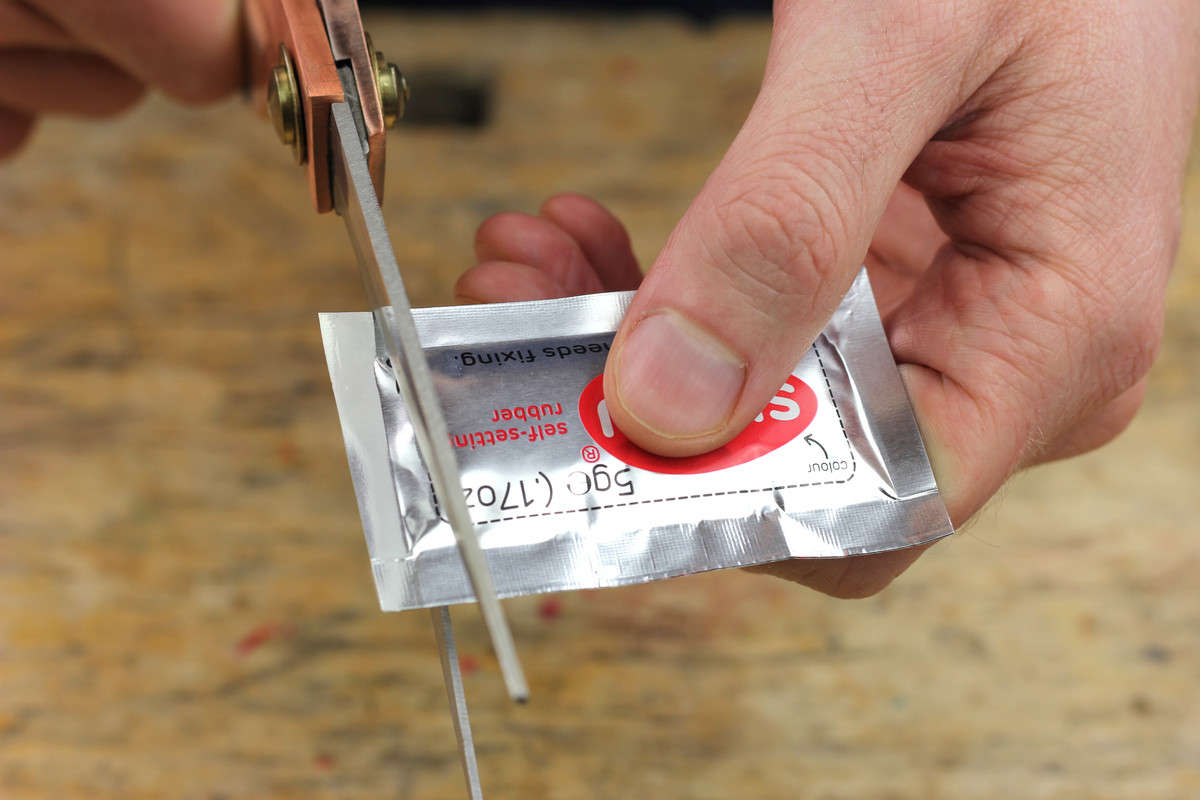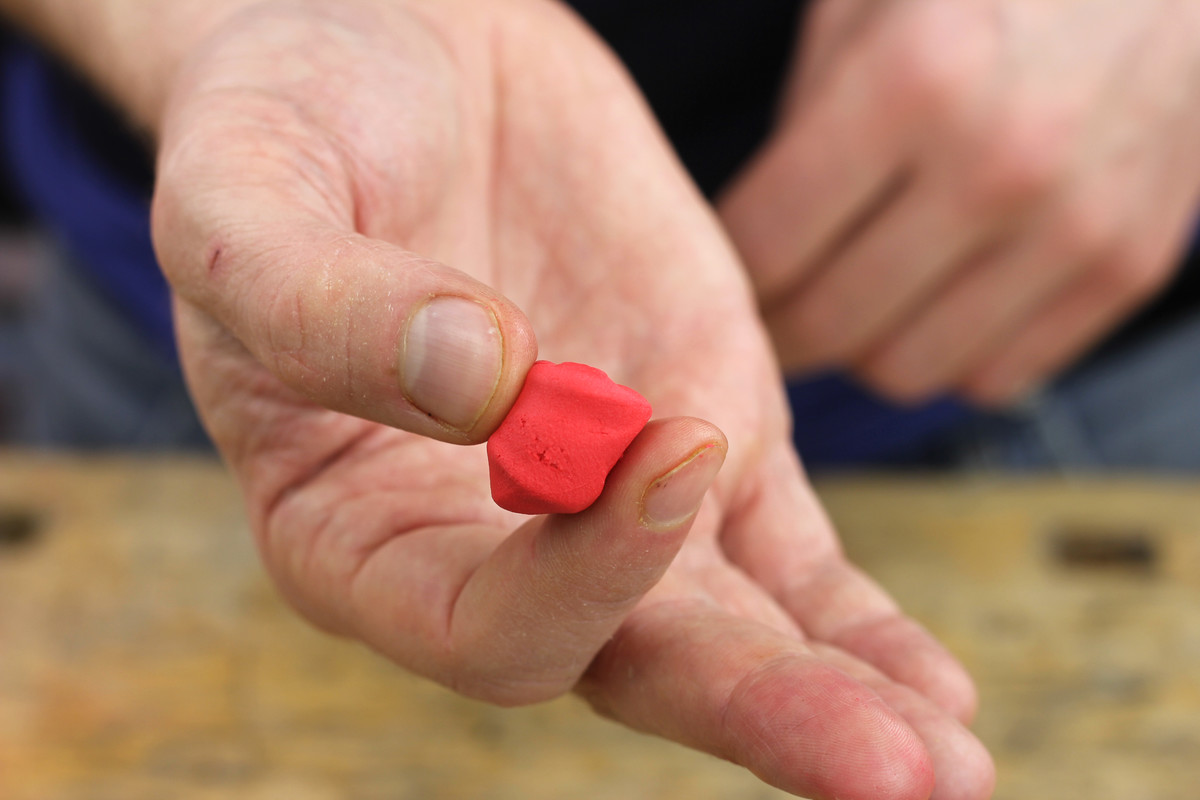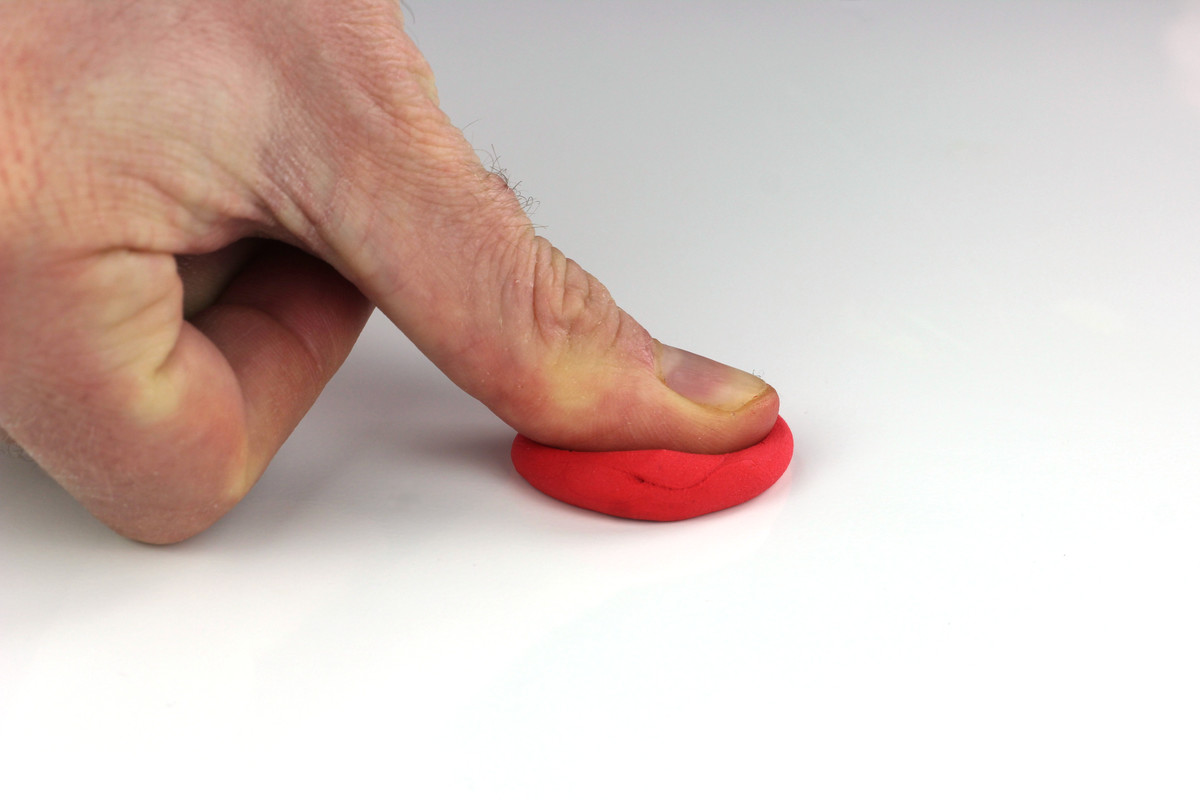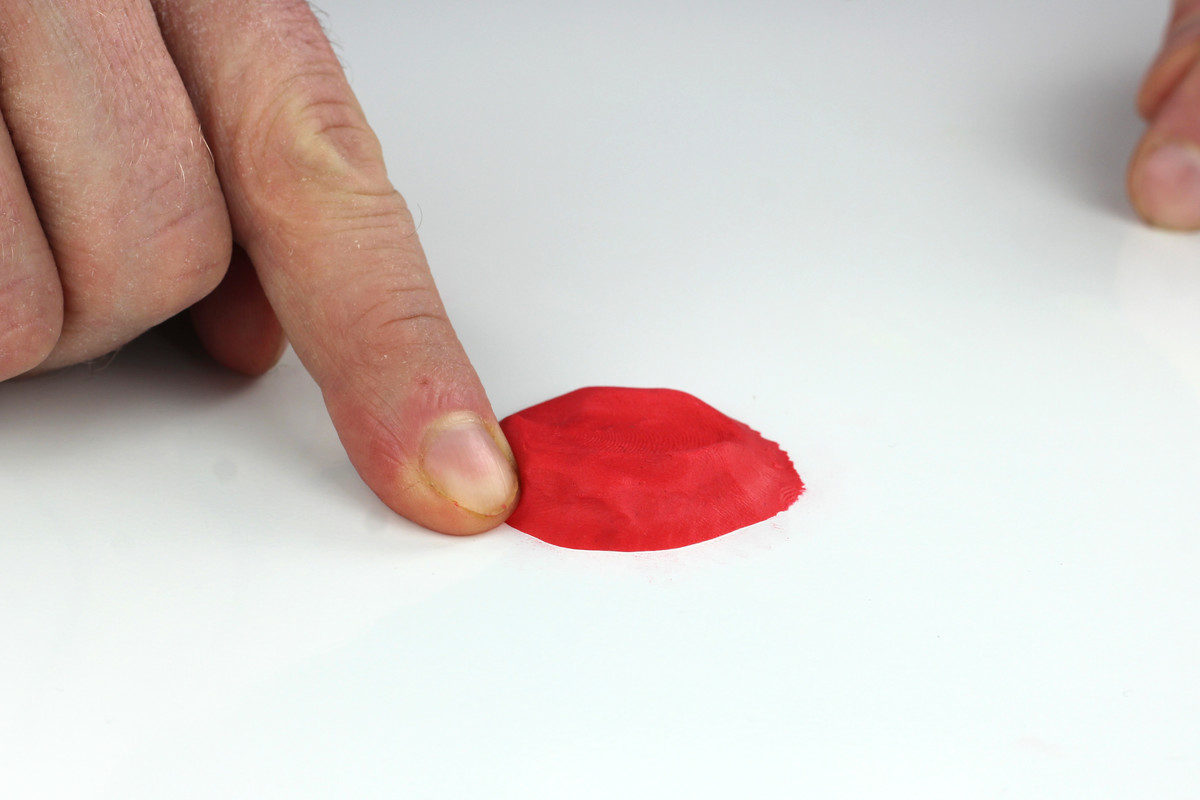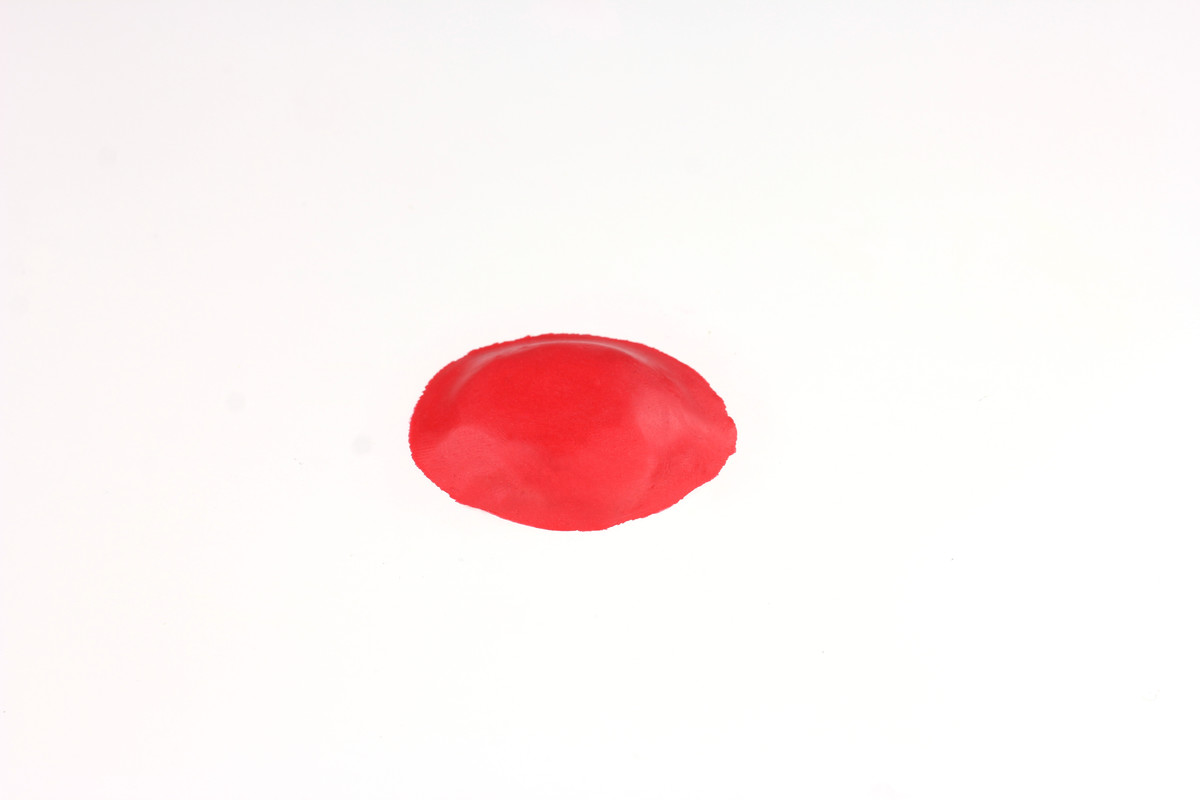How to use Sugru
How to best apply Sugru to ensure a strong bond?
Smooth Surface
If you’re applying Sugru to smooth surfaces, press Sugru firmly onto the surface, and then press it down along the edges so that there is no shadow/gap where the Sugru and surface meet.
To successfully apply Sugru to any smooth surface, follow these handy tips and you will have a super strong bond!
Kit
- Your Sugru
- Any smooth surface
- Tissue paper
Porous Surface
If you’re applying Sugru to porous surfaces, the key is to smear a thin base layer of Sugru and then build more Sugru on top of that (Sugru bonds brilliantly to itself). You can learn how to do it by watching this quick video tutorial.
Mounting & Attaching objects
If you’re mounting something or attaching objects together, this useful video guide will show you how to do it. Basically, you need to press a blob of Sugru onto object A, shape the Sugru into a pyramid, and then press firmly onto object B, so that Sugru is squished between the two surfaces and oozes over the sides. To avoid Sugru being pulled away from surfaces while curing, we’d recommend securing the attached object in place with a strong tape (masking/painter’s tape works very well, for example).
Is Sugru removable?
Absolutely. First, simply cut off the bulk of the Sugru using a knife or scalpel. You can then remove the residue with your nails and some tissue.
If using Sugru on porous surfaces such as walls, unglazed ceramic surfaces or unvarnished wood, it is still removable, but may leave a stain.
As for fabrics and leathers, once you’ve worked Sugru into fabric or leather, it may be difficult to remove completely, and is likely to leave traces.
If I’m not going to use the whole single-use pack, can I save the leftovers for later?
Once you cut open the single-use pack, the moisture in the air will trigger the curing process. We tested a few methods of preserving Sugru and haven’t found a reliable way to save the leftovers yet, so we recommend lining up a few projects to make the most of Sugru in one go.
Sugru, England

PROFILE
We’re FORMFORMFORM, a small but perfectly formed team of inventors, material scientists, designers, video makers, business and production people based in Hackney in East London. Sugru is our first product, and we’re growing quickly!
We’re on a mission to help the world get fixing and customising again. It’s not about ‘making do’ though – it’s much more than that. It’s about taking control and repairing, modifying and evolving the products we own so that they work longer, harder and better for us. Sure, it’s economical and sustainable, but most of all, it just makes sense.
(In 2018, FormFormForm was acquired by German adhesive company Tesa SE, a subsidiary of Beiersdorf.)

